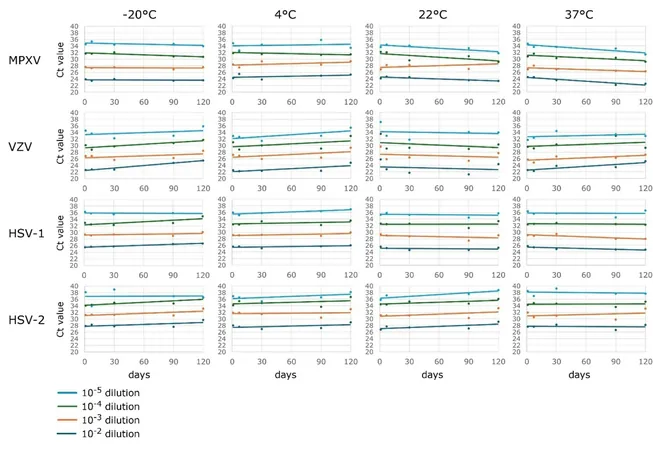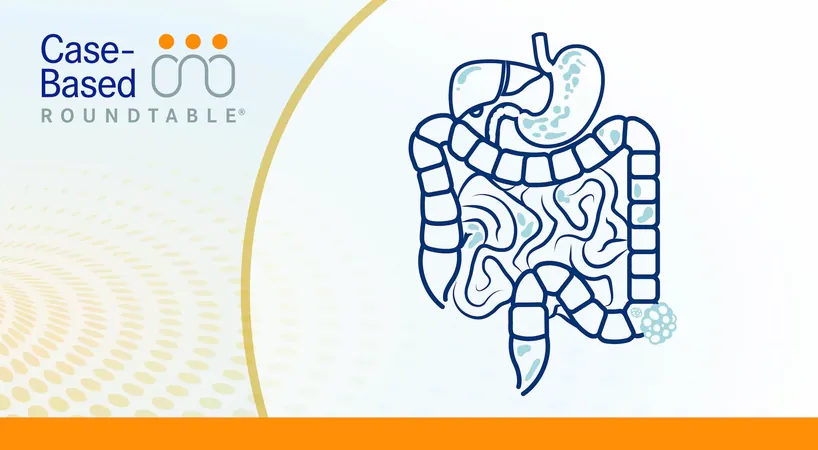
Revolutionary Paper Strips Could Transform Monkeypox Testing!
2025-09-02
Author: Nur
The Return of Monkeypox: An Urgent Health Concern
Monkeypox, often overshadowed by other viral diseases, has made headlines again due to its alarming resurgence in both endemic and non-endemic territories. This zoonotic virus typically begins with flu-like symptoms—think fever, chills, and fatigue—before presenting its notorious rash, which can manifest in varying stages across the body.
Why Accurate Diagnosis Is Crucial
The symptoms of monkeypox mimic those of other diseases, including chickenpox and sexually transmitted infections like genital herpes. This overlap makes clinical diagnosis challenging, necessitating laboratory confirmation to ensure accurate diagnosis of monkeypox virus (MPXV) infections.
The Transport Challenge: Keeping Samples Safe
Transporting MPXV specimens is fraught with challenges. Classified as Category A infectious substances, these specimens require triple packaging and strict cold chain management. Unfortunately, many remote areas struggling with infrastructure cannot meet these stringent requirements, risking delays in diagnosis and treatment.
A Game-Changing Solution: SDS-EDTA Paper Strips
Enter SDS-EDTA-treated chromatography paper strips—a groundbreaking solution for sampling monkeypox! These strips can store samples at room temperature, dramatically reducing logistical hurdles. Previously effective for poliovirus and norovirus, this study expands its use to detect MPXV alongside other significant viruses, including varicella-zoster and herpes simplex viruses.
Simplified Sampling Process
The preparation process is straightforward: cellulose chromatography paper is treated with a solution of SDS and EDTA, then dried. This not only helps neutralize viral infectivity but also preserves nucleic acids, crucial for later detection.
Excellent Results Across Varied Conditions
In extensive testing, these paper strips showed promise. Viral survival tests confirmed that strips maintained their effectiveness even under high temperatures and prolonged storage. Notably, MPXV was detectable in dilutions as low as 2 copies per microliter!
Low-Cost, High-Impact Testing
With an approximate production cost of just €0.10 per strip and a rapid preparation time, this method represents a low-cost, high-reward approach to epidemic controls. Given the strains on healthcare in endemic countries, these strips could be a game changer, enabling quick and safe transportation of samples to laboratories.
A Bright Future for Disease Management
In conclusion, the SDS-EDTA-treated chromatography paper strips pave the way for significant improvements in mpox diagnostics. This innovation not only simplifies the collection and transportation of viral samples but also enhances detection capabilities in underserved regions, potentially saving countless lives.




 Brasil (PT)
Brasil (PT)
 Canada (EN)
Canada (EN)
 Chile (ES)
Chile (ES)
 Česko (CS)
Česko (CS)
 대한민국 (KO)
대한민국 (KO)
 España (ES)
España (ES)
 France (FR)
France (FR)
 Hong Kong (EN)
Hong Kong (EN)
 Italia (IT)
Italia (IT)
 日本 (JA)
日本 (JA)
 Magyarország (HU)
Magyarország (HU)
 Norge (NO)
Norge (NO)
 Polska (PL)
Polska (PL)
 Schweiz (DE)
Schweiz (DE)
 Singapore (EN)
Singapore (EN)
 Sverige (SV)
Sverige (SV)
 Suomi (FI)
Suomi (FI)
 Türkiye (TR)
Türkiye (TR)
 الإمارات العربية المتحدة (AR)
الإمارات العربية المتحدة (AR)